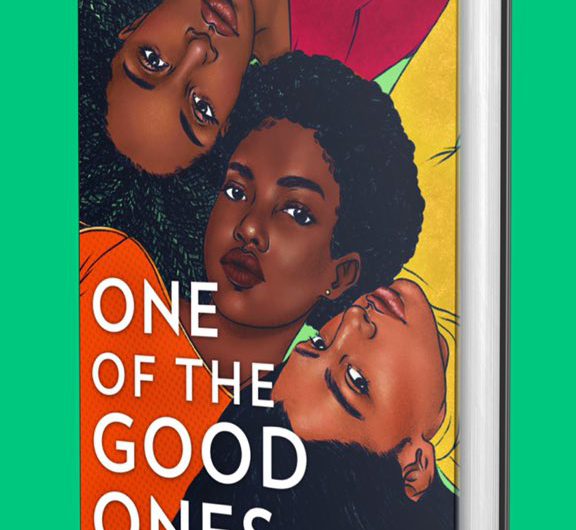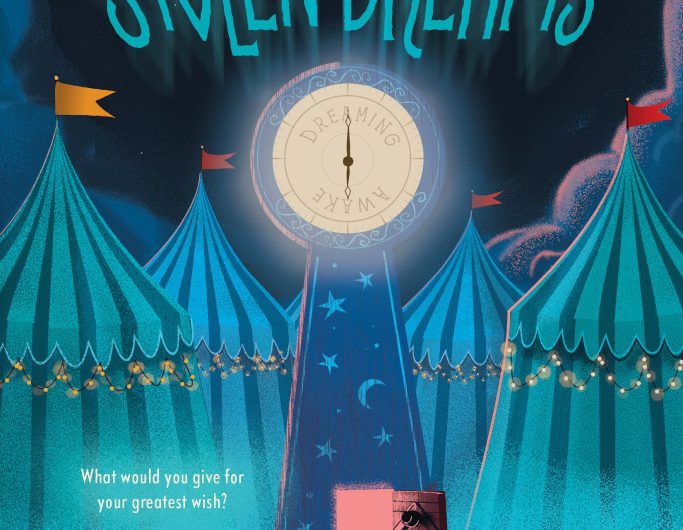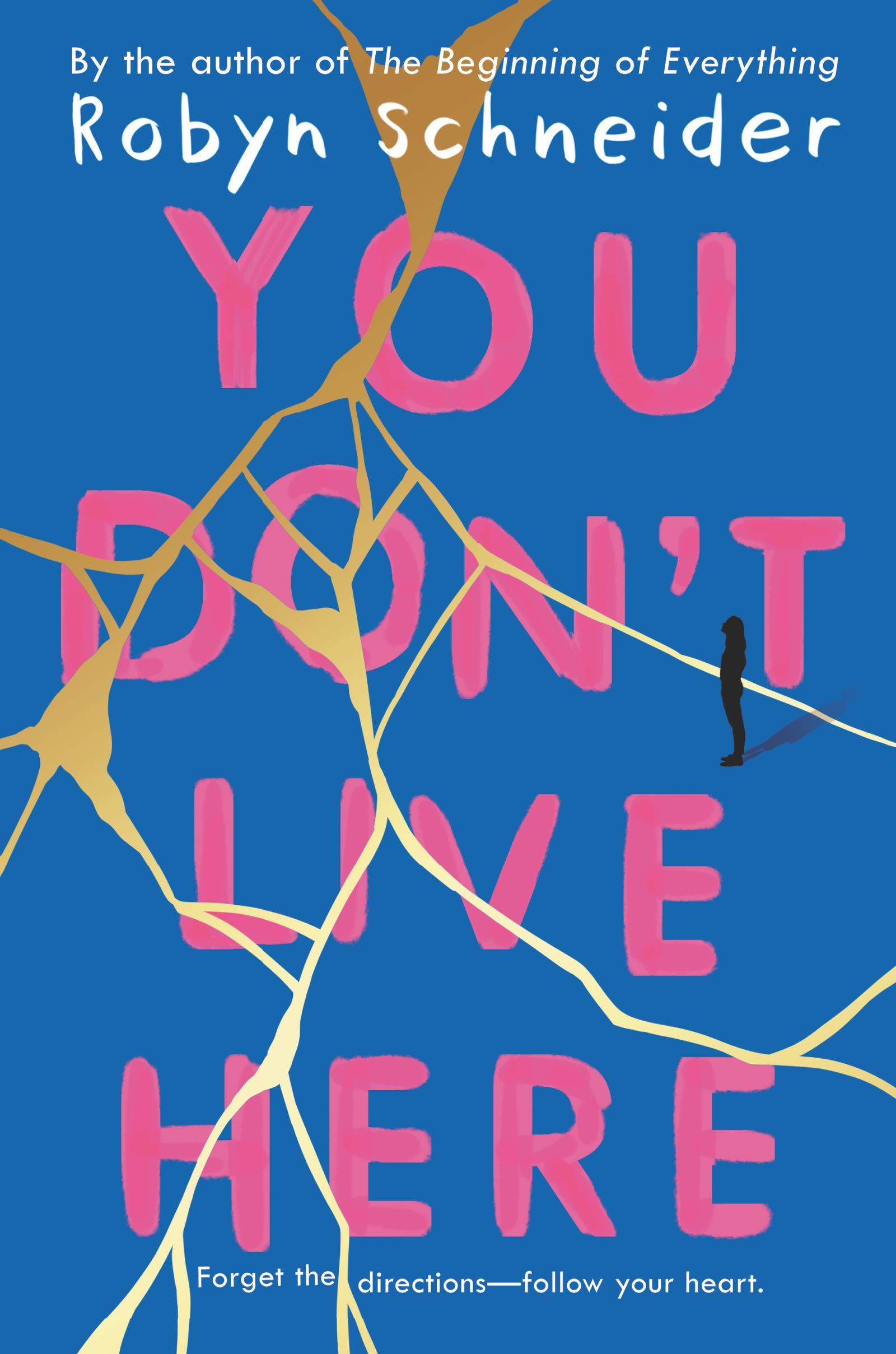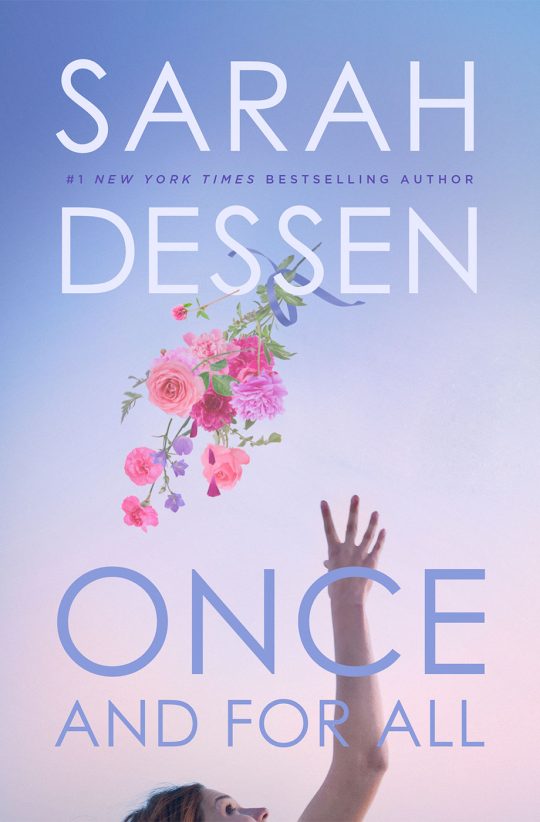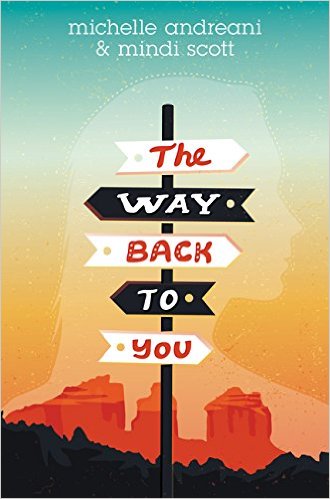Girl on the Line by Faith Gardner
A form of cognitive efficiency, labeling helps people make sense of their worlds. Although labels give our brains the ability to categorize and to draw useful conclusions, they can also limit thinking and lead to stereotypes. With labels like normal, mentally ill, or bipolar, we not only make assumptions about others but about ourselves and our potential abilities. These assumptions can even influence our identities. It is this identity labeling that concerns Journey Smith, the seventeen-year-old protagonist in Faith Gardner’s novel Girl on the Line. Journey doubts the truth about many of the things the world tells her and believes that her brain ruins everything asRead More →


